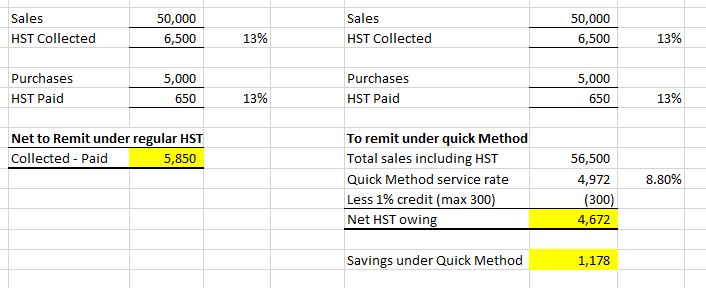I think that out of the various business deductions that are available for start ups, car expenses and work-use-of-home are my favorite. Who wouldn’t enjoy writing off expenses that you are already going to incur anyways (fixed costs)?
Requirements
Before you can enjoy the sweet, sweet benefit of deducting your home through your business its important to know the requirements for taking advantage of this deduction:
1) It is the principal place of business
To me the simple way to define this would be the area where a majority of the admin work and meetings occur. An example to illustrate this would be a contractor. A contractor may have an office space in his house where he does bookkeeping and administrative work while a majority of his services are preformed on site with clients. In this case the office would still be deductible as the principal place of business.
2) You use this place only to earn your business income, and you use it on a regular and ongoing basis to meet your clients, customers, or patients.
This second requirement is more straight forward. I think that some people may get nervous because the requirement to meet clients, customers, or patients. However, this is elaborated a bit more in CRA bulletin IT-514 in this bulletin it says that “the regularity and frequency of meetings in a work space to meet the requirement of being on a regular continuous basis will depend on the nature of the business activity”. Simply put this would mean if you are in an industry that doesn’t have a lot of face to face meetings such as software freelancing it would be arguable that you are still meeting the requirements.
How it works?
If you meet the above criteria you would be eligible to deduct a portion of your maintenance costs, heat, home insurance, cleaning, property taxes, and mortgage interest or rent.
The general calculation used in the offices I have worked with are generally a % of square feet, multiplied by the days used throughout the year or week. So if you have a room in your house that is 10% of the total square feet but you work offsite in another location 2 days a week. It would be logical that you only deduct 6% as the office amount. Generally, most approaches as long as they are logical, will most likely be ok. Just don’t forget how you calculated your number if you get audited!
A few considerations
- If you create a business loss with your office deduction you have to carry forward the expenses. IE you can only break even at best with office expenses.
- If you take a CCA deduction on your home, you will face a recapture and capital gain when you sell your home even if it is your principal residence.
Conclusion
The home office deduction is a great way to reduce your overhead when starting a business. It’s important to stay reasonable and not get too greedy though. Find a logical calculation and keep track of your costs and this deduction wont cause you any problems.
Thanks for reading, as always feel free to reach out if you have any questions about my posts or your tax scenario.
Erik
















